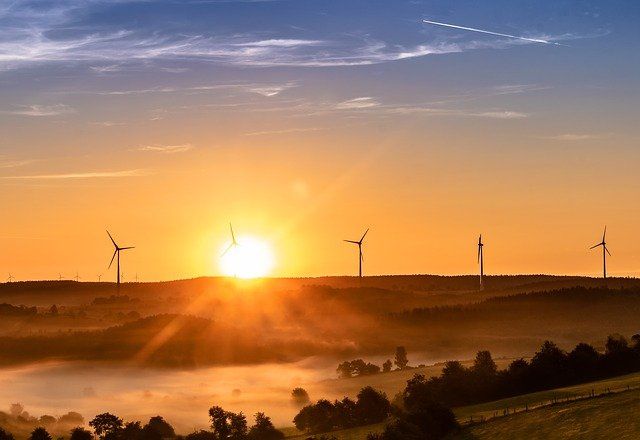What charging stations are for e-mobility, storage solutions are for renewable energies: the last bottleneck to be removed. "Politics has written a great success story here, now the next stage must be pushed forward", says Markus W. Voigt, CEO of the aream Group.
Renewables now make a large contribution to the energy mix in Germany and Europe. "At times, renewables already account for more than 50 percent, depending on production on the one hand and consumption on the other", says Voigt. At the same time, the production of renewables fluctuates depending on solar radiation or wind strengths, and consumption, especially in industry, fluctuates depending on the order situation. "The share of renewables is steadily increasing. This makes it all the more important to balance out the fluctuations even further", says Voigt.
In this respect, the industry is already well on its way: the highly fluctuating load on the grids that is always cited against renewables failed to materialize last year, even at times when the share of green electricity was significantly higher than that produced conventionally. "Nevertheless, building a storage infrastructure is the step that is missing to make the energy sector even more climate neutral", Voigt said.
And yet technologies for storage solutions are already available. A distinction must be made here between short- and long-term storage: capacitors or flywheel storage systems, which store power for seconds or minutes up to several hours, are just as much a part of this as batteries, compressed air storage systems or pumped-storage plants. Long-term storage facilities that can compensate for seasonal differences include storage hydroelectric plants or power-to-X technologies, in which surplus electricity is converted into hydrogen or methane and stored in this way.
The development of batteries, in particular, which have a wide range of applications, has accelerated considerably in recent years. This has also caused prices for energy storage to drop significantly. Whereas in 2010 it was still necessary to spend around 600 euros per kilowatt hour of storage capacity, today the price is only around 97 euros. "By 2025, this price is expected to drop again to 83 euros", says Voigt. In the case of large-volume plants for balancing the grids or industrial demand, prices will drop accordingly.
"It was the Renewable Energy Sources Act that helped green electricity achieve a breakthrough", says Voigt. Then came the strong promotion of electromobility, which ensured the breakthrough of electric cars. "Now it's time to continue this political success story and promote storage solutions", Voigt says. This will make it possible to complete the energy transition and achieve the goal of a 60 percent share of renewable energies by 2035. "It is important that incentives work in a targeted manner and are no longer necessary after a certain period of time", Voigt said. That has worked extremely well for renewables so far. "A lot of private capital has been activated alongside government money and channeled into the relevant technologies. That ensured innovation, growth and economies of scale", Voigt says. In this way, newly constructed wind and photovoltaic plants are now able to operate completely without subsidies. "This should also be the goal for storage technologies", says Voigt.
PRESSEKONTAKT:
Leandra Kiebach
T: +49 (0)211 30 20 60 4-2
E: lk@aream.de
